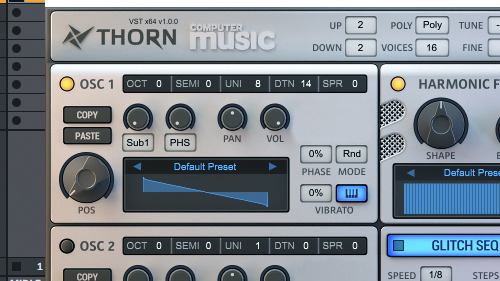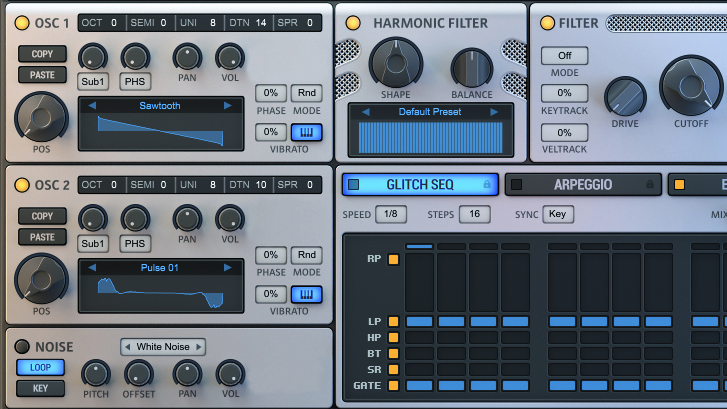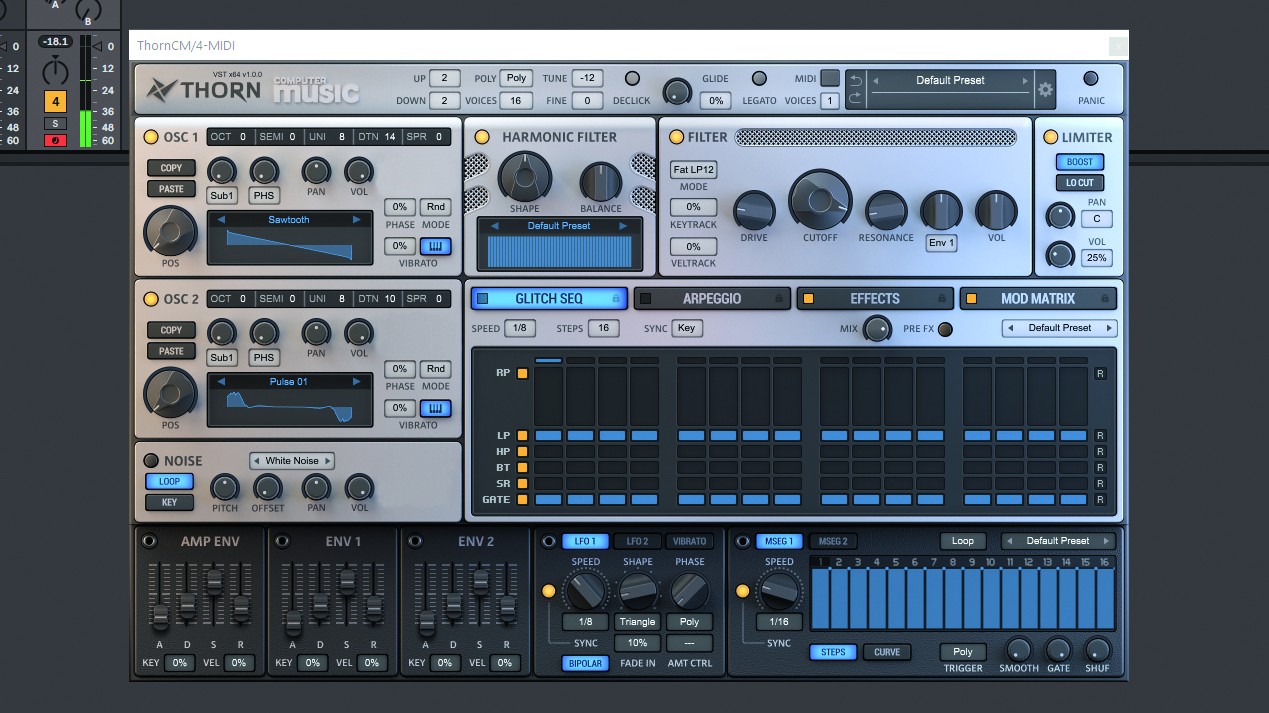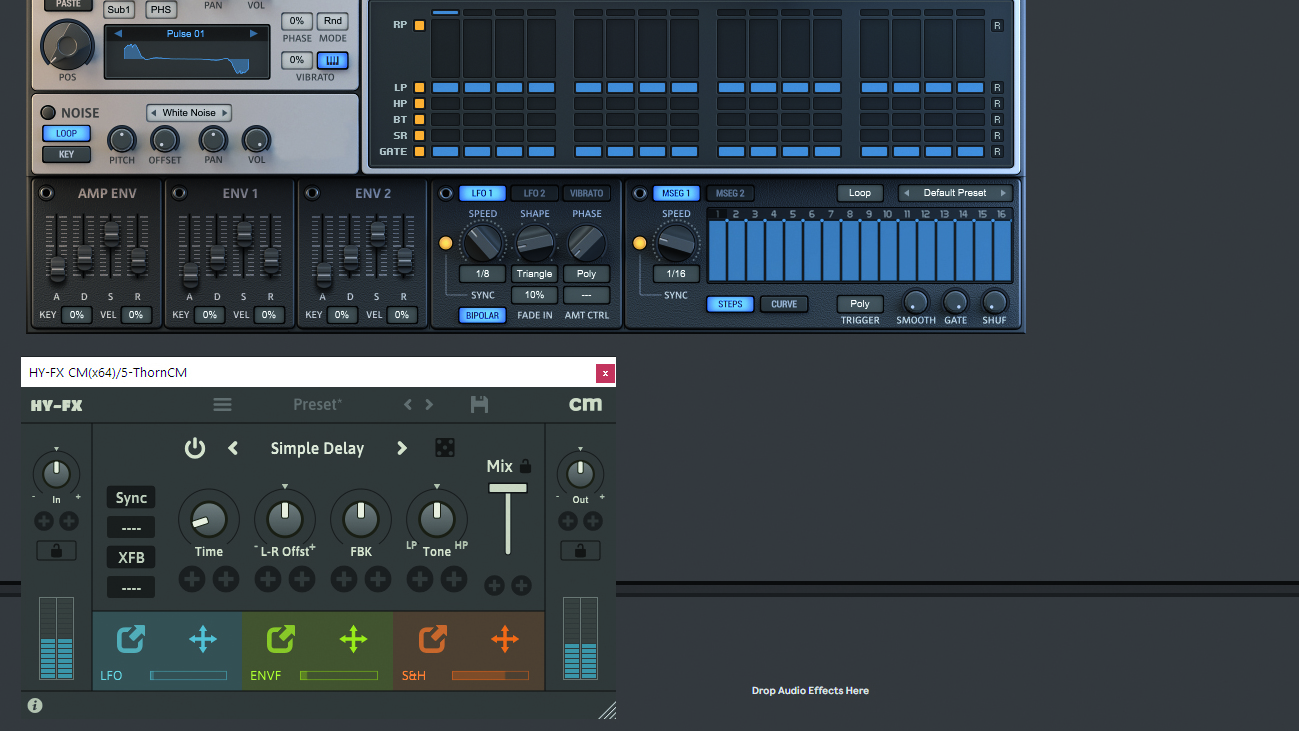The 40 greatest synth sounds of all time, No 34: Herbie Hancock - Rockit
We head back to 1983 and check out a track that truly broke the mould
Jazz pianist Herbie Hancock’s Rockit fused elements of synthesised electronic music, sampling and live percussion, alongside hip-hop influences, to create a truly fresh sound for the time.
Produced by Bill Laswell and Michael Beinhorn (also then known as Material), Rockit was based on a simple backbeat from the then-new Oberheim DMX drum machine, accompanied by a Fairlight CMI-sampled Led Zeppelin guitar stab and the main lead line, which was played by Hancock using a Rhodes Chroma synth.
The finishing touches were the live percussion, and scratches laid down by New York DJ Grand Mixer DXT.
• The 18 best synthesizers: top keyboards, modules and semi-modular synths
Rockit was a big hit, winning a Grammy Award in 1983 as well as five MTV Video Music awards.
The haunting melody from the intro was made using the Roland System 700, with the sound having a thin, crushed tone that borders on the futuristic. We’ll be creating our own spin on this sound using ThornCM, included with every issue of Computer Music.

Step 1: The Rhodes Chroma on the original sound had up to 16 voices, so we’ll increase ThornCM’s maximum voices to 16. Choose a sawtooth waveform for Osc 1. Increase the Unison amount to 8, then Detune the voices against each other by 14, creating a bigger-sounding tone.
Want all the hottest music and gear news, reviews, deals, features and more, direct to your inbox? Sign up here.

Step 2: We’ll use Osc 2 to add extra depth. Switch it on, then choose the Pulse 01 waveform. As with the first osc, increase the Unison amount to 8, with the Detuning set to 10; you’ll hear the sound take on a richer, rounder tone. Raise the Amp Env Attack to 10% to round it off.

Step 3: Low-pass filtering takes the shrill edge off, so switch on the Fat LP12 filter, and reduce Cutoff to 10kHz. Increase the Filter Res to 10% to make the sound a little more ringy, then increase the Drive amount to around 5dB to make up the gain reduction from applying the filter.

Step 4: Create a panned slap delay. Duplicate the synth channel, then pan the original left, with the duplicate panned an opposing amount right. Load HY-FX CM on the duplicate channel, and select Simple Delay. Set time to 60ms, with the Wet/Dry mix on full. Lower the delay channel.


Computer Music magazine is the world’s best selling publication dedicated solely to making great music with your Mac or PC computer. Each issue it brings its lucky readers the best in cutting-edge tutorials, need-to-know, expert software reviews and even all the tools you actually need to make great music today, courtesy of our legendary CM Plugin Suite.
